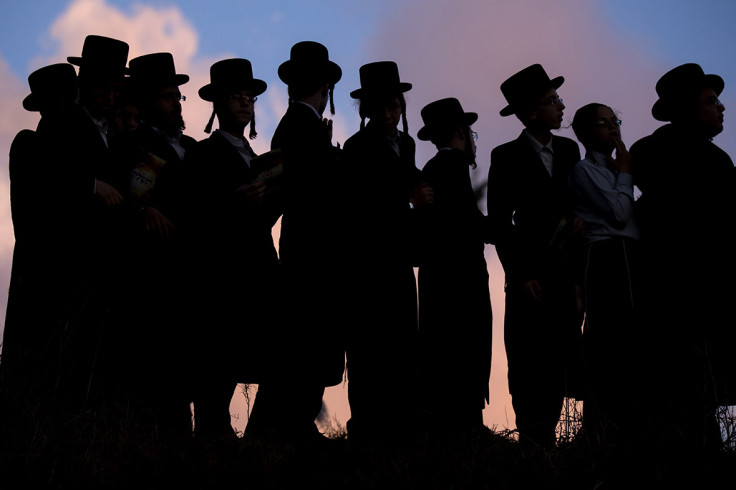Yom Kippur: What is the Jewish Day of Atonement?

Yom Kippur is the most sacred day in the Jewish calendar, regarded as the 'Sabbath of Sabbaths' and traditionally observed with a 25-hour fasting and prayer period. Meaning 'Day of Atonement', Yom Kippur begins this year on the evening of 22 September. It falls each year on the 10<sup>th day of the Jewish month of Tishrei, which is nine days after the first day of Rosh Hashanah.
It is a day to reflect on the past year and ask God's forgiveness for any sins. The period in between Rosh Hashanah and Yom Kippur is referred to as the 'Days of Repentence' or 'Days of Awe' – a time when Jews can make a commitment to not repeat wrongs made in the last year.
What happens on Yom Kippur?
The day of Yom Kippur is marked in a number of different ways. No food and drink is consumed for 25 hours, but children under 13 and people who are unwell or pregnant are not required to fast. Some people wear white as a symbol of purity and many abstain from wearing make-up or perfume and bathing. Talmud – a central text of Judaism – specifies people cannot wash or anoint their bodies with cosmetics or deodorant. Some also abstain from sex.
Most importantly, Jews observing Yom Kippur will spent time in the synagogue, as it is the only day of the year with five services. Unlike a normal day, where there are three prayer services, there are five on Yom Kippur: Ma'ariv, Shacharit, Musaf, Mincha and Ne'ilah. Services include private and public confessions.
Ne'ilah is the concluding service of Yom Kippur. It normally lasts about an hour, during which the ark – where the scrolls of the Torah are kept – are left open throughout. This is considered the last chance to atone for sins before the end of the holiday and is sometimes referred to as the closing of the gates. The day is spent in continuous prayer for forgiveness until the end of the day is marked with the sound of the shofar, a traditional instrument made from a ram's horn.
© Copyright IBTimes 2024. All rights reserved.





